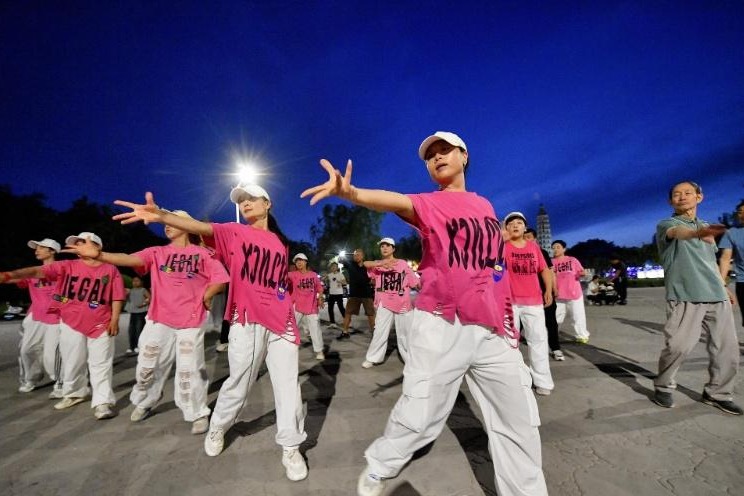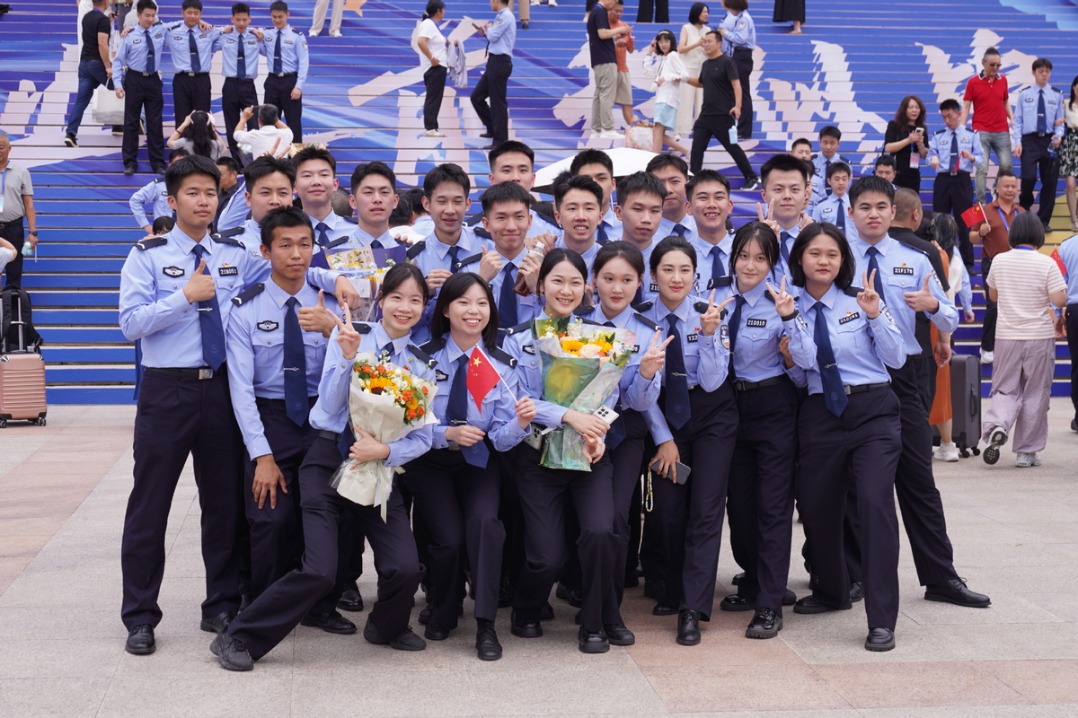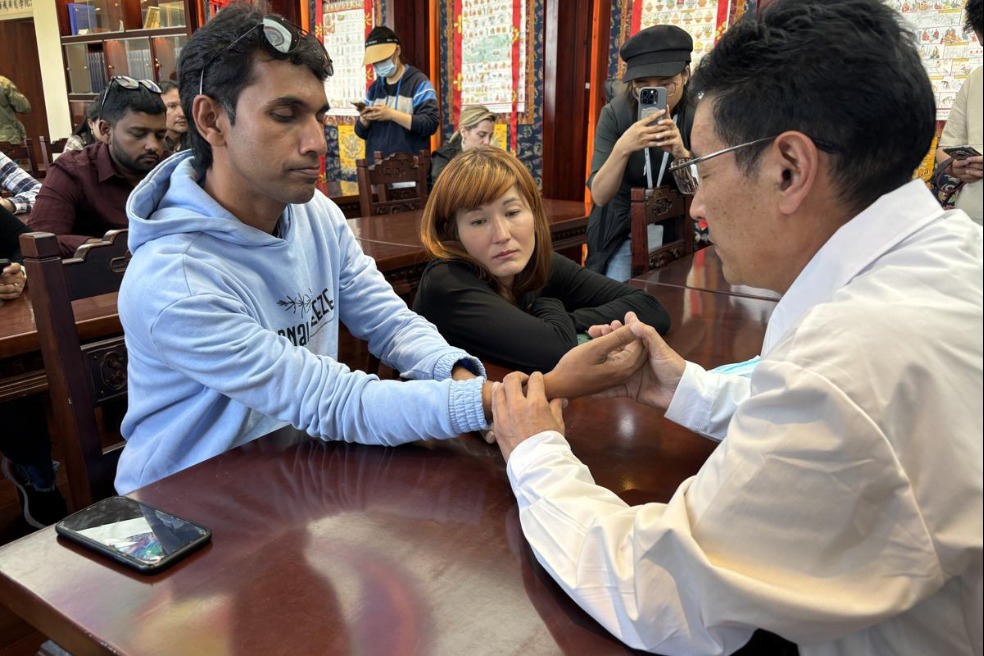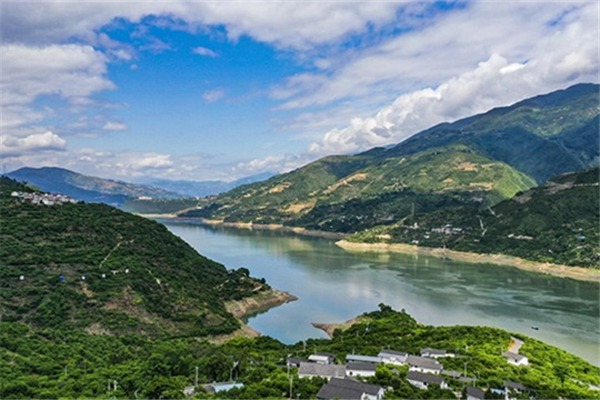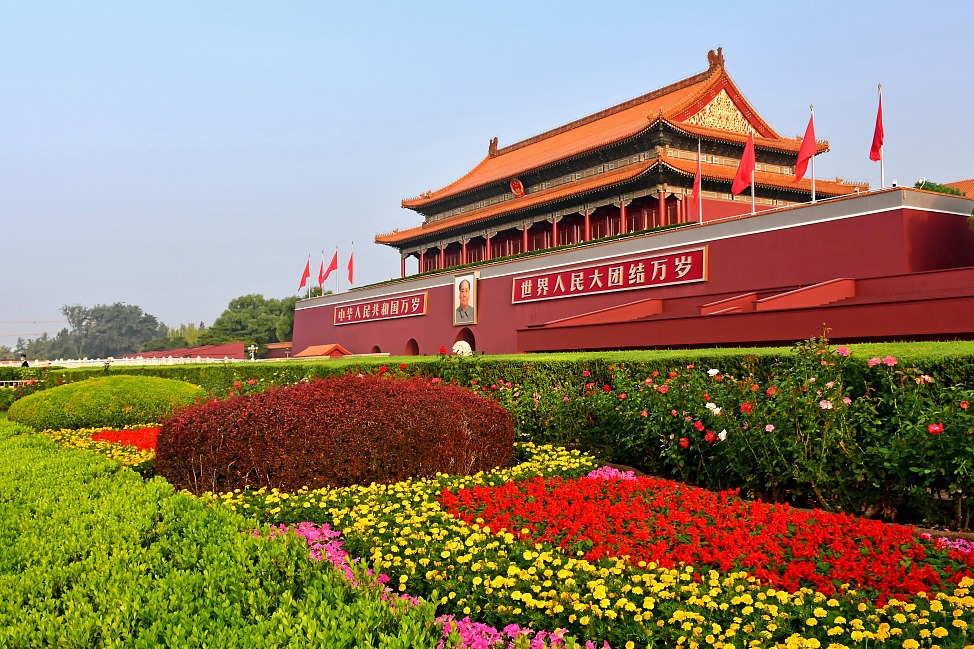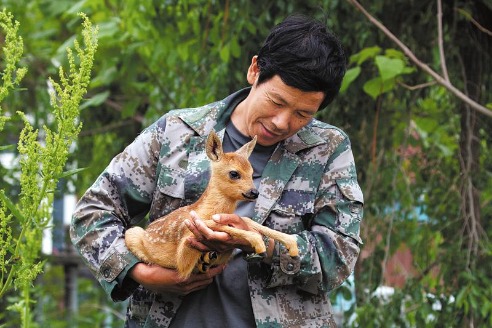Long-awaited canal stops water shortages

During previous winters, some residents of Lintao county, in Dingxi, Gansu province, would unscrew the heating pipes in their houses to fill buckets with hot water to flush their toilets.
That practice was soon detected by the local heating company, and it added an odorant to the heating water in an attempt to stop them draining it. But residents, troubled by regular and serious water shortages, continued unscrewing the pipes.
Statistics from the provincial water resources department showed the per capita water availability in cities and counties in central Gansu in 2013 was around 500 cubic meters, far below the United Nations water scarcity bench mark of 1,700 cubic meters.
Poor rainfall, sparse vegetation and severe soil erosion have made Gansu one of the provinces with the lowest GDP per capita in China, particularly in its central rural area, where it was hard to grow profitable water-loving cash crops.
"The situation was indeed worse in the rural area. Though the government set a low water bill of 3 yuan (45 cents) for one cubic meter, the shipping costs of more than 200 yuan were a real burden for the farmers who needed to carry water from the town," said Wei Xufeng, an official at the water resources department in Dingxi's Anding district.
When the first stage of a water diversion project that aimed to transfer water from the Taohe River, which flows northward across Gansu, was completed in 2015, local people considered it a great engineering achievement.
Launched in 2007, the first stage was financed by local and central governments to the tune of more than 3.6 billion yuan.
Flowing through a 110-kilometer canal, more than 450 million cubic meters of clean water has been transferred to cities and counties, benefiting approximately 3 million people in the area over the past six years.
Wei said when the water first flowed into the farmland, many could not believe it had been transferred from the Taohe River. He saw the farmers gather by the canal, quietly watching the flowing water. When he was inspecting the water supply system in one village, Wei saw an old man boiling tea leaves in his courtyard.
"Despite me telling him the water in the field was for irrigation, he did not mind that he used it for a cup of tea, and he said he just wanted to taste the water from the river, which he had anticipated for more than 60 years," Wei said.
In 1958, local officials found that redirecting water from the Taohe River was a feasible measure to solve the water shortage in central Gansu, and they started a construction project the same year.
The old man Wei met was one of more than 170,000 people who participated in the construction, but the project was aborted three years later due to insufficient funds and poor engineering technology. Plans to revive the project were knocked back twice, in the 1970s and 1980s.
But generations of local civil servants remained true to their aspirations, keeping it firmly in mind, and when the country got stronger they finally had a chance to realize their goal.
"I was born in Dingxi in 1965, and I know what it feels like to live with water shortages, so I am proud to be part of this water diversion project and help to realize the dream of generations," Wei said.
According to the latest statistics, the vegetable growing area in Dingxi is about 12,300 hectares and it has become a 2.6 billion yuan business.
In November, eight impoverished counties in central Gansu officially emerged from absolute poverty. What they have in common is branches of the canal bringing water from the Taohe River.
After the second stage is complete, there will be 331 million cubic meters of water transferred to the rest of central Gansu a year, which will benefit about 3.2 million people, local authorities said.
"The main canal of the final stage was completed last year," Wei said. "I believe it will start to provide water soon, and then I can call myself a qualified civil servant."
- Taiwan night market finds new home in Chinese mainland
- China issues yellow alert for rainstorms
- Tianjin University marks 20 years of advancing synthetic biology in China
- China confronts senior cancer surge with early detection, TCM
- Expert debunks Lai's 'four elements' argument for Taiwan's so-called statehood
- Tech innovations fuel China's desertification fight
















